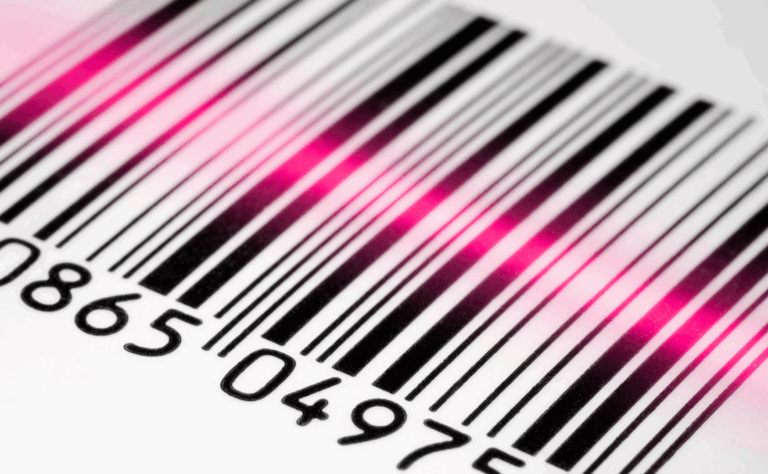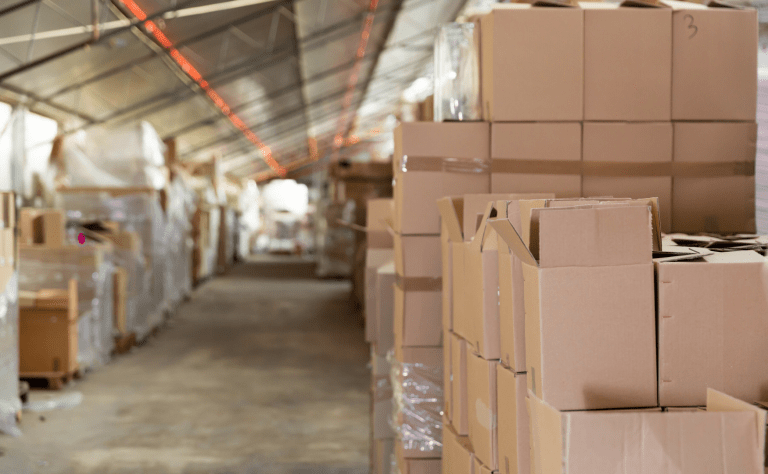
The barcode: a simple invention that revolutionized logistics

Every June 26th, we celebrate National Barcode Day. It may seem like a minor tribute to a discreet, almost invisible element. But the truth is that this set of black lines has forever transformed the way we buy, store, and distribute products across the globe.
Today, barcodes are scanned more than 6 billion times a day around the world. That’s over 70,000 products per second.
Not bad for something that started as a drawing in the sand.
An idea drawn on the shore
It all began in 1948, on a beach in Miami. Joe Woodland, an engineer, was trying to come up with a solution to automatically identify items in supermarkets. Inspired by the Morse code system, he pressed his fingers into the sand and drew five parallel lines. That was the beginning of the barcode concept.
However, at the time, neither computers nor optical scanning systems existed to implement it on a large scale. The idea had to wait until scanners, terminals, and commercial computing became widespread to make sense.
The big leap came on June 26th, 1974, when a pack of fruit gum was scanned for the first time in an Ohio supermarket. That very product is now on display at the National Museum of American History in Washington, as a symbol of a silent revolution.
Much more than a “beep”
Since then, the barcode has become the most recognizable sound of modern commerce.
The “beep” of each scan can correspond to an item or pallet scanned in a warehouse during receiving, order picking, or shipping. It can mark the beginning of a new logistics flow or the completion of a sale upon delivery to the end customer.
In all cases, it enables traceability throughout the supply chain, preventing errors, eliminating manual tasks, and reducing checkout times. And today it’s us, the customers, who scan our own items at self-checkout stations!
Its success lies in two key factors: its simplicity and its universality.
Thanks to the GS1 organization, which standardizes codes worldwide, any product can be identified with a unique Global Trade Item Number. From a multinational company to a small local producer, anyone can generate a barcode, as long as they follow the rules and pay the annual fee.
The code that speeds everything up
In logistics, the barcode has had a deep impact. It allows the automatic identification of products without requiring expertise. An operator can log an inbound shipment, a dispatch, or a picking task just by scanning an item — with no risk of error and no need to memorize codes.
Technology has evolved to the point that a single scan can capture dozens of data points: reference, batch number, quantity, expiration date, color, size, best-before date, shelf life, location, and more. Even better — this information is updated in real time, enabling automated responses throughout the supply chain:
• A scan during picking can trigger a replenishment alert.
• A pallet leaving the warehouse can notify the purchasing department.
• The validation of a picking task can launch a production order.
A successor is expected… but not imminent
Nowadays, it’s quite common to hear, “The barcode is dead, long live the QR code.” And it’s true that starting in 2027, the QR code is expected to become the new global standard, thanks to its ability to store more information in less space.
But the old barcode will continue to be with us for many years to come. In fact, our grandchildren will probably recognize it as an object from the past… but it will remain present in many warehouses and processes for decades.
Born from a simple gesture in the sand, the barcode has proven that innovation doesn’t always require complexity. Its legacy lives on in every warehouse, every modern logistics operation, every point of sale, and in every PDA carried by a delivery driver.
Happy National Barcode Day!



